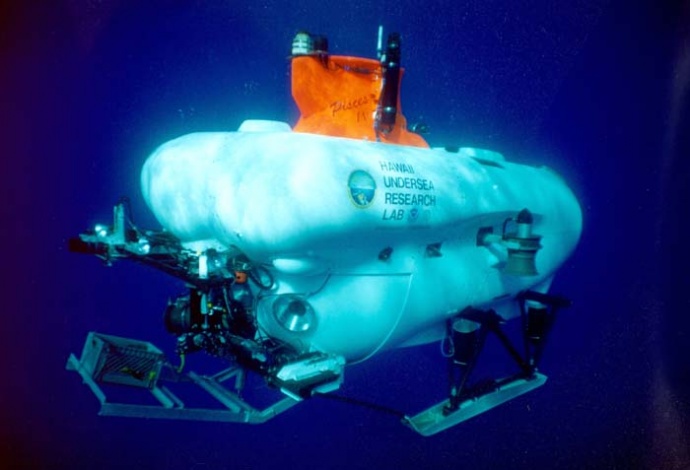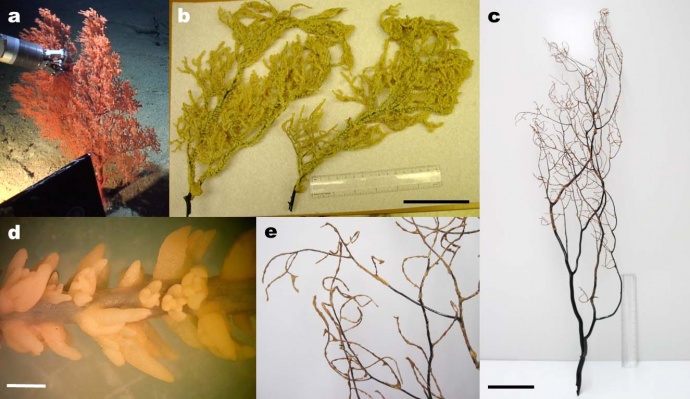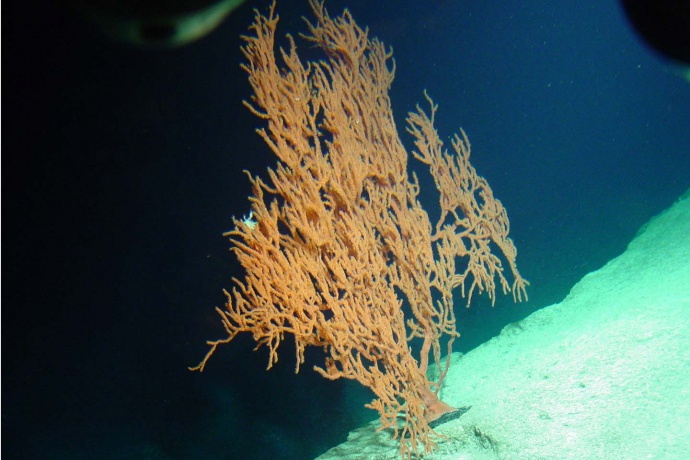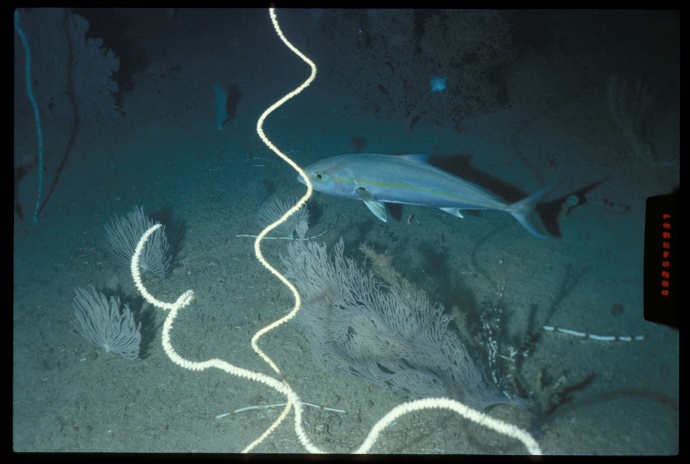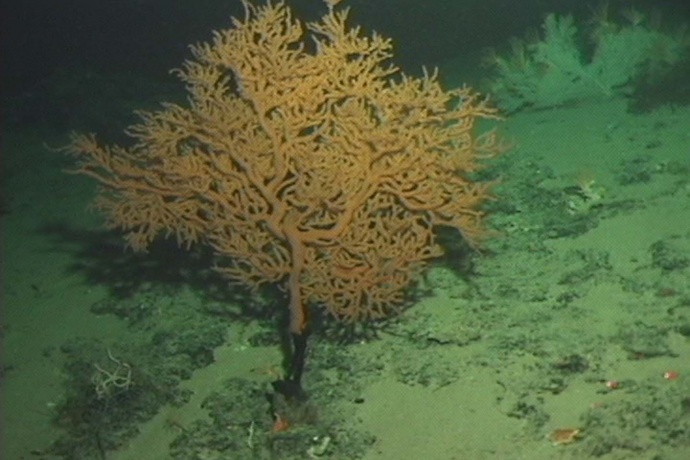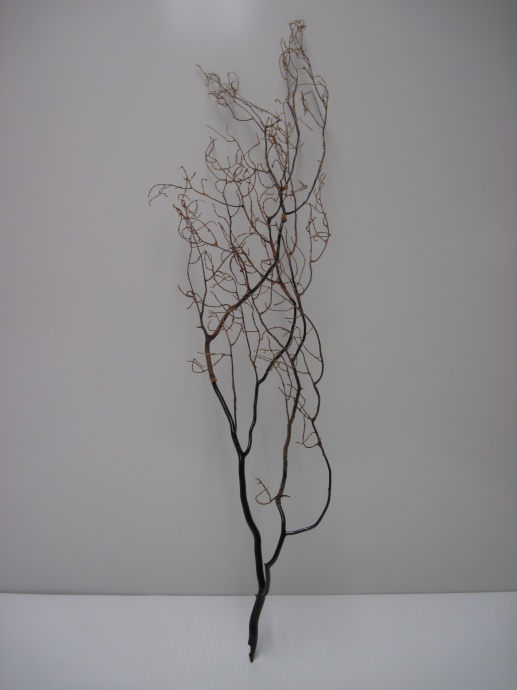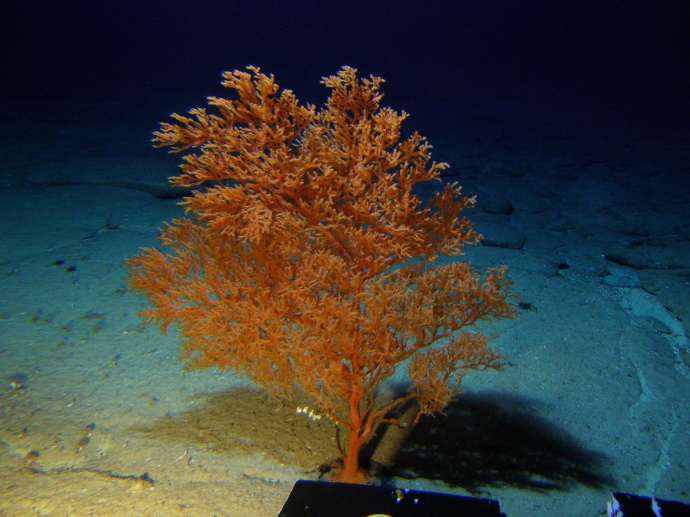Study: New Species of Hawaiʻi Black Coral Can Live Beyond 4,000 Years
By Maui Now Staff
A new species of deep-water black coral has been found in the Hawaiian Islands and in the Papahānaumokuākea Marine National Monument at depths of 1,000 to 1,600 feet according to the National Oceanic and Atmospheric Administration. Scientists used growth rings to determine their age, and with previous high-resolution radiocarbon measurements determined that the species can live more than 4,000 years, making it the longest-lived marine organism known to date. The coral was given the name Leiopathes annosa, which is derived from the Latin name ‘annosa’ meaning long-lived.
The findings were confirmed by scientists with NOAA’s Office of National Marine Sanctuaries and the Smithsonian Institution’s National Museum of Natural History, and published this week in the scientific journal Zootaxa.
“We know so little about the deep sea that most times we do not even know what to call the species that live there,” said PMNM Research Specialist Daniel Wagner, Ph.D. “Describing and assigning names to new species is an important first step to facilitate future research on these important yet greatly understudied organisms,” Wagner said in a press statement today.
Previously misidentified as a species from the Mediterranean Sea, scientists say, “the coral was determined to be a distinct species based on a comparison of specimens from Hawaiʻi to those collected in the Mediterranean.”
Specimens were collected by the Hawaiʻi Undersea Research Lab from the Pisces research submersible, and were deposited in the National Museum of Natural History in Washington DC and the Bishop Museum in Honolulu, where NOAA representatives say they will be available for future studies.
“This research emphasizes how much can be learned from studying deep and pristine environments such as those found in the remote Papahānaumokuākea Marine National Monument, of which only a small fraction has been explored,” said Wagner.
The Zootaxa article, “Description of a new species of Leiopathes (Antipatharia: Leiopathidae) from the Hawaiian Islands,” can be viewed online.
***Images courtesy of NOAA/HURL/Chris Kelley






